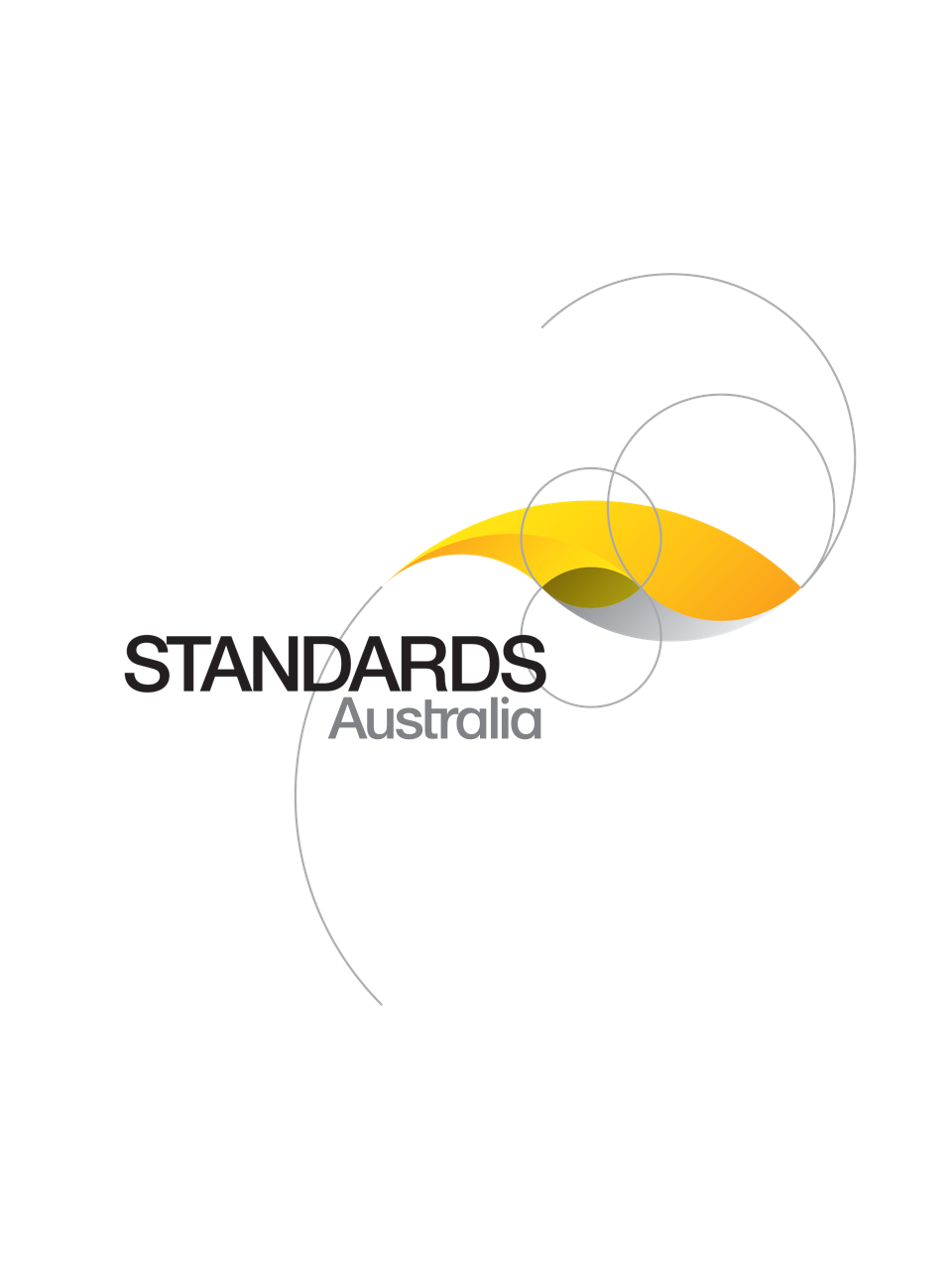Standard
Track updates
AS 3894.4-2002
[Current]Site testing of protective coatings, Method 4: Assessment of degree of cure
This Standard provides guidance on practical procedures, for use in the field, to assess the degree of cure or through-dry in coatings. Applicable coatings include those that dry by oxidation (e.g., alkyd), solvent evaporation (e.g., lacquers such as chlorinated rubber), those that set by chemical reaction with a liquid curing agent (e.g., epoxy) and those that react with the atmosphere (e.g., inorganic zinc).
Published: 07/06/2002
Pages: 9
Table of contents
Cited references
Content history
Table of contents
Header
About this publication
Preface
Foreword
1 Scope
2 Definitions
3 Referenced documents
4 General
5 Method A—Pencil hardness test
5.1 Principle
5.2 Apparatus
5.2.1 Pencil leads
5.2.2 Pencil lead holder
5.2.3 Abrasive paper
5.3 Preparation of leads
5.4 Procedure
5.5 Report
6 Method B—Durotest stylus
6.1 Principle
6.2 Apparatus—Stylus
6.3 Procedure
6.4 Report
7 Method C—Rub test
7.1 Principle
7.2 Apparatus and materials
7.2.1 Cotton cloth
7.2.2 Solvent
7.3 Procedure
7.4 Report
8 Method d—Barcol hardness impressor
8.1 Principle
8.2 Apparatus
8.2.1 Indentor
8.2.2 Calibration standards
8.3 Procedure
8.4 Report
Cited references in this standard
[Current]
Paints and related materials — Methods of test, Method 405.1: Determination of pencil hardness of paint film
ASTM D 2240
Standard test method for rubber property—Durometer hardness
ASTM D 2583
Standard test method for indentation hardness of rigid plastics by means of a Barcol impressor
One-time Purchase
Access via web browser on any device
One-time purchase
Single publication
Offline access via PDF^
$87.70 AUD
Inclusive of GSTFormat *
Web Reader
Licenses *
1 License (for yourself - not shareable)
Total$87.70 AUD
IMPORTANT
